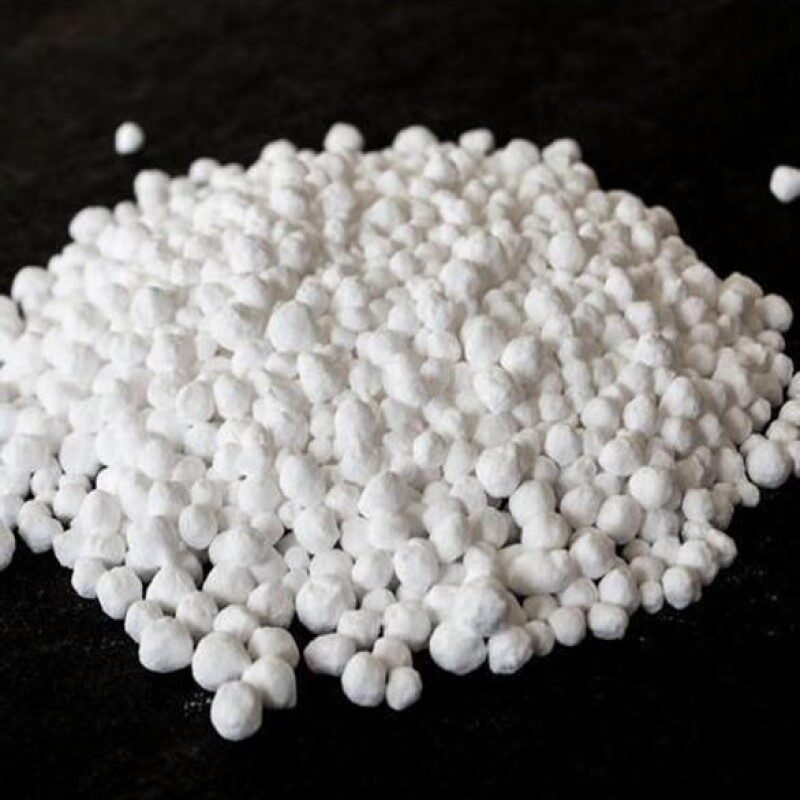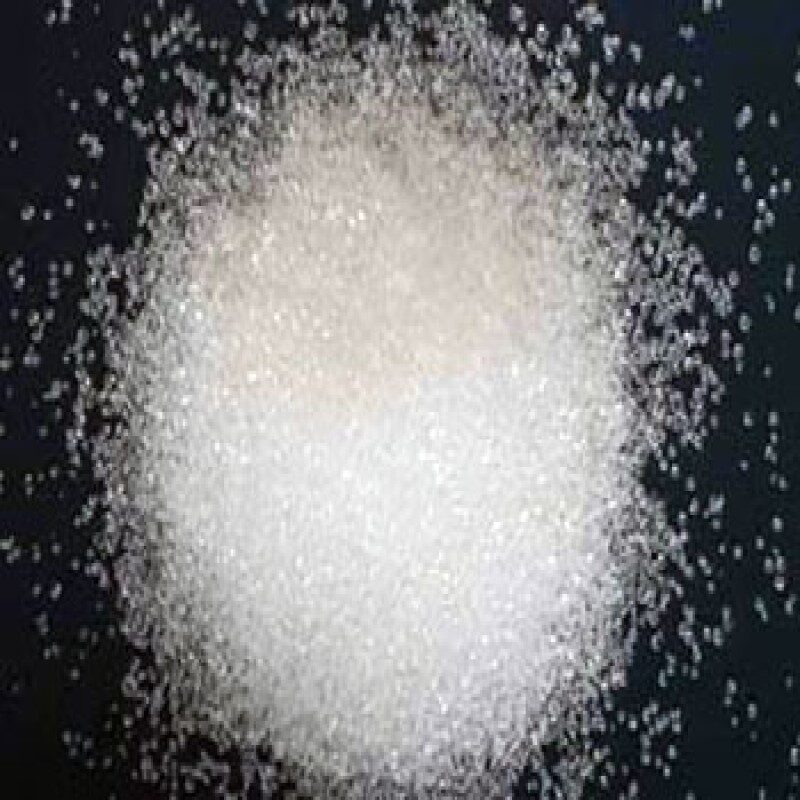Description
Remarks: The material complies as per above specification.
Uses: Activated charcoal is commonly taken by mouth to treat poisonings. It is also used for
intestinal gas (flatulence), high cholesterol, hangovers, upset stomach, and bile flow problems
(cholestasis) during pregnancy. Activated charcoal is applied to the skin as part of bandages for
helping heal wounds. Search Activated Charcoal Extra Pure Grade Chemical
Packing: 25 kg HDPE Bags/HDPE Drum.
For AMIZARA SPECILITY CHEMICALS LLP
Activated Charcoal Extra Pure FAQs
1. What distinguishes Amizara Speciality Chemicals’ Activated Charcoal Extra Pure from other options?
Amizara Speciality Chemicals’ Activated Charcoal Extra Pure is renowned for its exceptional purity and high surface area, making it highly effective in various applications.
2. How is Activated Charcoal Extra Pure from Amizara Speciality Chemicals manufactured?
Our Activated Charcoal Extra Pure undergoes a meticulous activation process, ensuring superior adsorption properties and quality control at every stage of production.
3. What industries utilize Amizara Speciality Chemicals’ Activated Charcoal Extra Pure?
Our Activated Charcoal Extra Pure caters to industries including pharmaceuticals, food processing, and water treatment, serving as a versatile solution for purification and filtration needs.
4. Does Amizara Speciality Chemicals provide customized solutions for Activated Charcoal Extra Pure?
Yes, we offer tailored formulations and particle sizes to meet specific requirements across diverse applications.
MSDS
Activated Charcoal GHS MSDS Sheet, Material Safety Data Sheet
Section 1: Chemical Product and Company Identification
| Synonyms |
Activated carbon; Charcoal, activated, powder; carbon black; Carboraffin;
Carborafine |
| CAS # |
7440-44-0 |
| EINECS EC Number |
231-153-3 |
| Molecular Weight |
12.01 |
| Chemical Formula |
C |
| Recommended usage |
Industrial Manufacturing. |
Section 2: Hazards Identification
GHS, Globally Harmonized System Classification in accordance with 29 CFR 1910 Classification according to Regulation (EC) No 1272/2008
| Not a hazardous substance or mixture according to Regulation |
(EC) No. 1272/2008 |
| This substance is not classified as dangerous according to Directive |
67/548/EEC |
Labeling according to GHS & Regulation (EC) No 1272/2008
</table
Precautionary statements:
Section 3: Composition / Information on Ingredients
SECTION 4: First Aid Measures
SECTION 5 :Fire Fighting Measures
SECTION 6: Accidental Release Measures
SECTION 7:Handling and Storage
- Keep Activated Charcoal or Carbon in a tightly closed container, stored in a cool, dry, ventilated area.
- Protect against physical damage. Keep away from moisture and oxidizers. Avoid dust dispersal
- Wet Activated Charcoal; Activated Carbon depletes oxygen from the air and therefore dangerously low levels of oxygen may be encountered in confined spaces.
- Work procedures for potentially low oxygen areas should be followed.
- Containers of this Activated Charcoal may be hazardous when empty since they retain product residues (dust, solids); observe all warnings and precautions listed for the product.
SECTION 8: Exposure Controls/Personal Protection
SECTION 9: Physical and Chemical Properties (Typical)
SECTION 10. Stability and Reactivity Data
SECTION 11: Toxicological Information
SECTION 12. Ecological Information
SECTION 13. Disposal Considerations
- Recover, reclaim or recycle when practical
- Activated Charcoal; Activated Carbon alone is not classified as a hazardous waste (activated carbon used to adsorb hazardous substances may become hazardous due to the chemicals it has adsorbed).
- Dispose of Activated Charcoal
- Activated Carbon in accordance with federal, state and local regulations.
SECTION 14. Transport Information
SECTION 15. Regulatory Information
SECTION 16:Other InformationDisclaimer:The information and recommendations set forth herein (hereinafter “Information”) are presented in good faith and believed correct as of the date hereof. It is compiled from various sources and it is not necessarily all inclusive nor fully adequate in every circumstance. In addition, these suggestions should not be confused with nor followed in violation of applicable laws, regulations, rules or insurance requirements applicable. This SDS sheet is intended only as a guide to the appropriate precautionary handling of the material by a properly trained person using this product. Individuals receiving the information must exercise their independent judgment in determining its appropriateness for a particular purpose.
| GHS Label Elements |
None |
| Signal Words |
None |
| Hazards not otherwise classified (HNOC) |
May causes mild skin irritation.
May causes mild eye irritation. |
| P261 |
Avoid breathing dust/fume/gas/mist/vapors/spray. |
| P262 |
Do not get in eyes, on skin, or on clothing. |
| P281 |
Use personal protective equipment as required. |
| P302+P352 |
IF ON SKIN: Wash with plenty of soap and water. |
| P303+P361+P353 |
IF ON SKIN (or hair): Remove/Take off immediately all contaminated clothing. Rinse skin with water/shower. |
| P304 + P340 |
IF INHALED: Remove victim to fresh air and keep at rest in a position comfortable for breathing. |
| P305 + P351 + P338 |
IF IN EYES: Rinse cautiously with water for several minutes.Remove contact lenses, if present and easy to do. Continue rinsing. |
| P337+313 |
If eye irritation persists get medical advice/attention. |
| Components |
Activated Charcoal; Activated Carbon |
| CAS No |
7440-44-0 |
| EINECS EC Number |
231-153-3 |
| Eye |
Immediately flush with large amount of water. |
| Skin |
Immediately flush affected area with water. Wash clothing. |
| INHALATION |
Remove to fresh air. |
| INGESTION |
Induce vomiting as directed by medical personnel. |
| Flash Point: |
N/A |
| Ignition Temperature |
Not known |
| Fire and Explosion Hazards |
When burned, hazardous products of combustion including oxides of carbon can occur. Irritating and/or toxic gases due to decomposition of the product may be generated during a fire. Contact with strong oxidizers such as ozone or liquid oxygen may cause rapid combustion. |
| Extinguishing Media |
Dry chemical, water spray or fog, foam or carbon dioxide. |
| Fire Fighting Procedures |
Wear full protective clothing and NIOSH approved self-contained breathing apparatus. |
| Leak or Spill |
When leaks or spills of Activated Charcoal; Activated Carbon occur,
clean up in a fashion that does not dissipate dust into air. Manage in accordance with
good industrial hygiene and safety practices such as avoiding unnecessary exposure and removal of material from skin, clothing and eyes. |
| Respiratory protection |
Where airborne exposure is probable, use NIOSH approved respiratory protection equipment suitable to the material. |
| Skin Protection |
Avoid skin contact. Wear appropriate dust resistant clothing. Wash clothes and related equipment before reuse. Completely wash skin after handling. Wear gloves and long sleeve shirts to prevent long term exposure. |
| Eye Protection |
Safety glasses with side panels are required for any form of handling.
Provide an eye flushing station nearby. |
| Airborne Exposure Guidelines |
OSHA and ACGIH have not established exposure limits for this material. However, OSHA and ACGIH have established limits for nuisance dusts which are 15 mg/m total dust and 5mg/ m respirable dust. The ACGIH TLV/TWA for nuisance dusts called particulates not otherwise classified (PNOC) is 10 mg/m inhaleable particulate and 3 mg/m respirable particulate. |
| Appearance |
Activated Charcoal, Activated Carbon is fine black powder. |
| Odor |
odorless. |
| Solubility |
Insoluble in water. |
| Specific Gravity |
1.8 – 2.1 |
| pH |
5.0-10.0 |
| % Volatile by volume @ 21C (70F) |
0 |
| Boiling Point |
Sublimes. |
| Melting Point |
3550C (6422F) |
| Vapor Density (Air=1) |
0.4 |
| Vapor Pressure (mm Hg) |
1 @ 3586C (6487F) |
| Hazardous Decomposition |
Oxides of carbon (CO & C02). |
| Hazardous Polymerization |
Does not occur. |
| Stability |
Activated carbon is determined stable under the outlined conditions of storage, shipment and use. |
| Incompatibility |
Rapid combustion is possible when in contact with strong oxidizers such as ozone, liquid oxygen, chlorine, etc. |
| Oral LD50 |
5g/kg (rats). |
| LD50 Intravenous |
Mouse – 440 mg/kg. |
| Carcinogenicity |
No component of this product present at levels greater than or equal to 0.1% is identified as probable, possible or confirmed human carcinogen by IARC, ACGIH, OSHA and NTP. |
| Ecotoxicological information |
Because Activated Charcoal is a relatively inert substance and is insoluble in water, it is not expected to pose significant ecological hazards. |
| Results of PBT and vPvB assessment |
This substance/mixture contains no components considered to be either persistent, bioaccumulative and toxic (PBT), or very persistent and very bioaccumulative (vPvB) at levels of 0.1% or higher. |
| DOT (US) |
Not dangerous goods |
| ADR/RID |
Not dangerous goods |
| IMDG |
Not dangerous goods |
| IATA |
Not dangerous goods |
| USA: SARA 302 |
No chemicals in this material are subject to the reporting requirements of SARA Title III, Section 302. |
| SARA 313: |
This material does not contain any chemical components with CAS numbers that exceed the threshold (De Minimis) reporting levels established by SARA Title III, Section 313. |
| SARA 311/312 Hazards: |
No SARA Hazards. |
| Canada – DSL/NDSL |
CAS# 7440-44-0 is listed on Canada’s DSL List. |
| WHMIS |
This product has WHMIS classification of B6, D2B. |
| EINECS EC Number |
231-153-3 |




